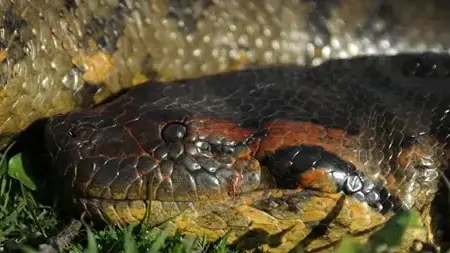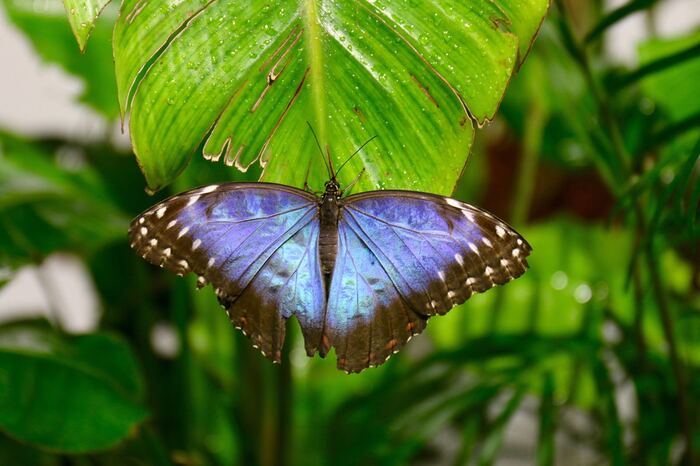Enlarge image
Forest elephants in the Congo Basin have almost completely disappeared
Photo: Education Images / Universal Images Group / Getty Images
The fewer there are, the more it becomes a place of longing: untouched nature, with rare plant species and undisturbed wild animals.
Places without factory chimneys, hotel strongholds, plantations or sprawled single-family houses are becoming increasingly rare.
Worldwide, just under three percent are considered ecologically untouched land.
This is what researchers calculated in a study that appeared in the journal "Frontiers in Forests and Global Change".
According to the international team of scientists, there is only a small human footprint and no known loss of species on these areas.
These included parts of the Congo Basin, the Amazon, the Russian tundra and some deserts such as the Sahara.
Particularly intact areas were mostly in habitats of indigenous communities.
"We know that intact habitats are increasingly being lost," says study author Andrew Plumptre.
The value of an intact habitat is high for both biological diversity and humans.
The extinction of species impoverishes the ecosystems
The researchers checked where species have completely disappeared or where their populations have been so severely decimated that they can no longer fulfill their role in the ecosystem.
Although the habitats often appeared intact on a satellite image, they often lacked animals that had previously lived there.
There are many reasons for the emptying of ecosystems.
"Hunting large mammals or birds can remove many species from such habitats," said Plumptre.
For example, forest elephants in the Congo Basin have now almost disappeared.
Certain species could also become extinct through disease, for example with the gorillas in the Congo.
Newly introduced species often lead to existing species being exterminated - for example when cats are introduced to islands.
For years, conservationists have been warning of a sixth mass extinction and permanent loss of biodiversity.
According to a report published in 2020 by the environmental foundation WWF and the London Zoological Society, more than two thirds of the best-known animal species have been destroyed by humans in the past 50 years.
Thousands of animals are also on the Red List of Endangered Species of the World Conservation of Nature Union.
Andrew Plumptre's international team of researchers also used these data from the “Red List”.
They affected mammals, birds, fish, plants, reptiles and amphibians.
"We should also take care of the reintroduction of species and try to restore intact ecosystems," Plumptre told the British daily "Guardian".
According to the researchers, the proportion of habitats with intact fauna can be increased to around 20 percent if species are specifically reintroduced into areas that are still largely untouched by humans.
In the longer term, the habitats could then regain their ecological functionality and regenerate.
sug / dpa




/cloudfront-eu-central-1.images.arcpublishing.com/prisa/BCB6MJLFNJFHTOKKFRCSCPHTFQ.jpg)










